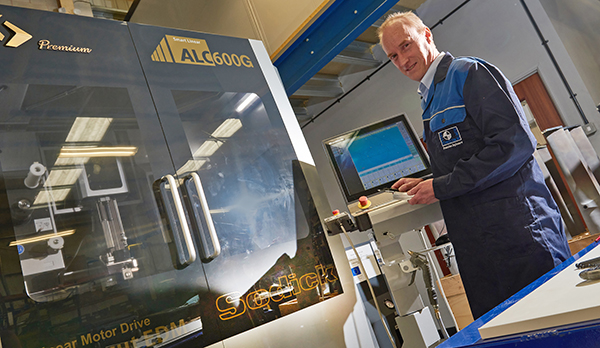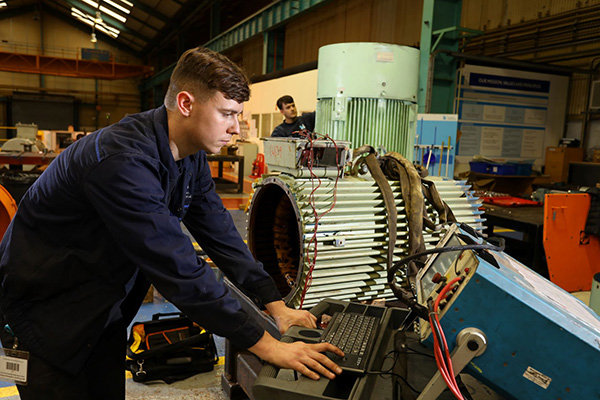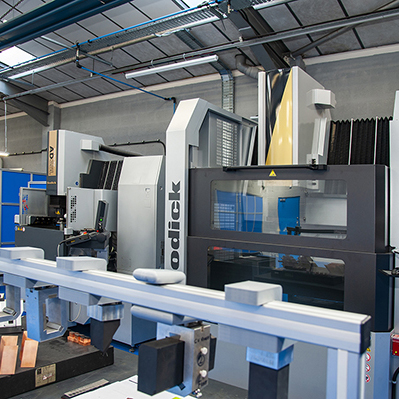
To eliminate the cost and lead times associated with outsourcing its wire eroding requirements, Worcestershire-based Styles Precision has invested in a new Sodick ALC600G from Sodi-Tech EDM. This bold investment is also helping to attract more work from both existing and new customers as the company looks to continue its growth over the next five years.
“We tend to buy high-end machine tools, an ethos that we’ve transferred to our first wire EDM, a Sodick ALC600G, which we bought with the help of a successful grant application via the RDPE Growth Programme,” explains the company’s managing director Tony Styles. “Investing in top-end machines helps us to attract high-value work, often in energy and power-related sectors such as steam turbine, renewables and oil and gas.”
Styles Precision previously subcontracted its wire EDM requirements, maybe not enough to consider buying a machine, but the company knew there would be additional opportunities if it could offer wire EDM in-house. Therefore, the company concluded that investing in the Sodick ALC600G would be a logical and exciting step forward.
“We’ve already been busy wiring many different parts, including special profile gauges,” says Styles. “Recently, we won a tender to manufacture a family of intricate, high-value steam turbine wear parts, which have a particular profile in the bore. We use profile gauges as an initial check of the labyrinth’s profile form during machining operations. In addition, the labyrinths are themselves split into numerous segments: we have around 240 specific segments to wire from machined rings measuring between 300 and 600 mm in diameter.
“We have some fascinating projects on the go at present, so the ALC600G will make a big contribution to the ongoing success of our business, particularly as we will soon be running it lights-out,” he concludes.
For further information
www.sodi-techedm.co.uk























